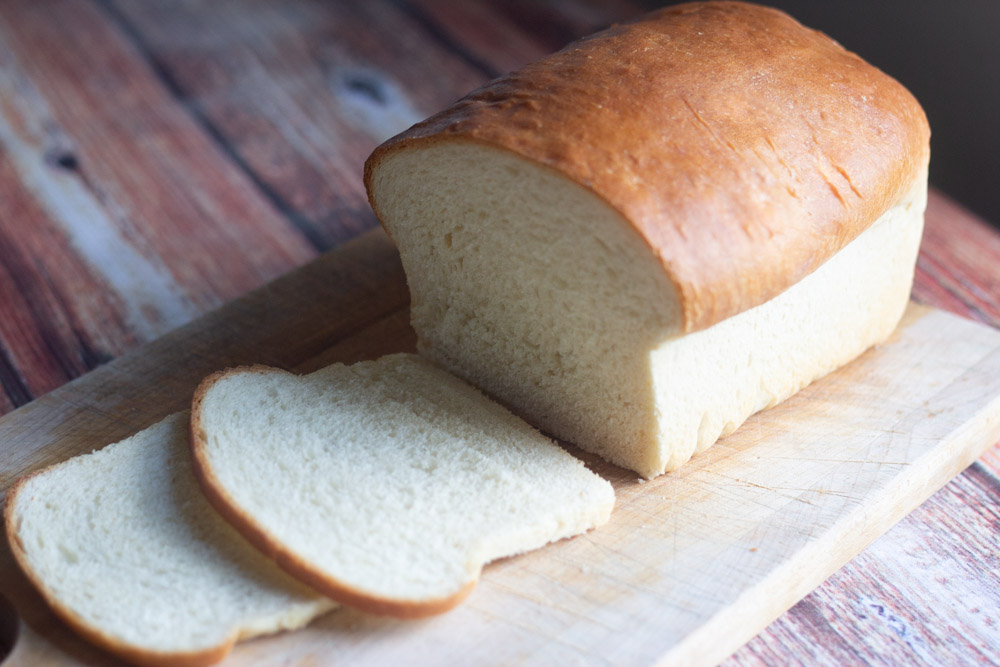White Bread: A Staple Food with a Complex History
White bread, a soft, fluffy loaf made from refined wheat flour, has been a staple food for centuries. Its versatility, affordability, and pleasant taste have made it a popular choice for breakfast, lunch, and dinner.
The Milling Process
To produce white flour, wheat kernels are milled to remove the bran and germ, leaving only the endosperm. This process refines the flour, resulting in a lighter color and a softer texture. While this process removes some of the fiber and nutrients found in whole wheat flour, white flour is still a good source of carbohydrates, which provide energy for the body.
The Rise of White Bread
White bread gained popularity in the 19th century as industrialization made it more affordable and widely available. Its soft texture and neutral flavor made it a versatile ingredient in a variety of dishes. However, as health consciousness grew in the 20th century, white bread began to receive criticism for its lack of fiber and other nutrients.
Nutritional Considerations
While white bread is a good source of carbohydrates, it is lower in fiber and certain vitamins and minerals compared to whole wheat bread. However, modern white bread is often fortified with nutrients like iron and folic acid.
The Role of White Bread in Modern Diets
Despite the rise of healthier bread alternatives, white bread remains a popular choice. It is often used in sandwiches, toast, and other dishes. While it’s important to maintain a balanced diet, occasional consumption of white bread is not harmful, especially when paired with other nutritious foods.
In conclusion, white bread is a versatile and affordable food that has been a part of human diets for centuries. While it may not be as nutrient-dense as whole wheat bread, it can still be enjoyed as part of a balanced diet.
Would you like to know more about the history of bread, different types of bread, or the nutritional value of various bread products?
